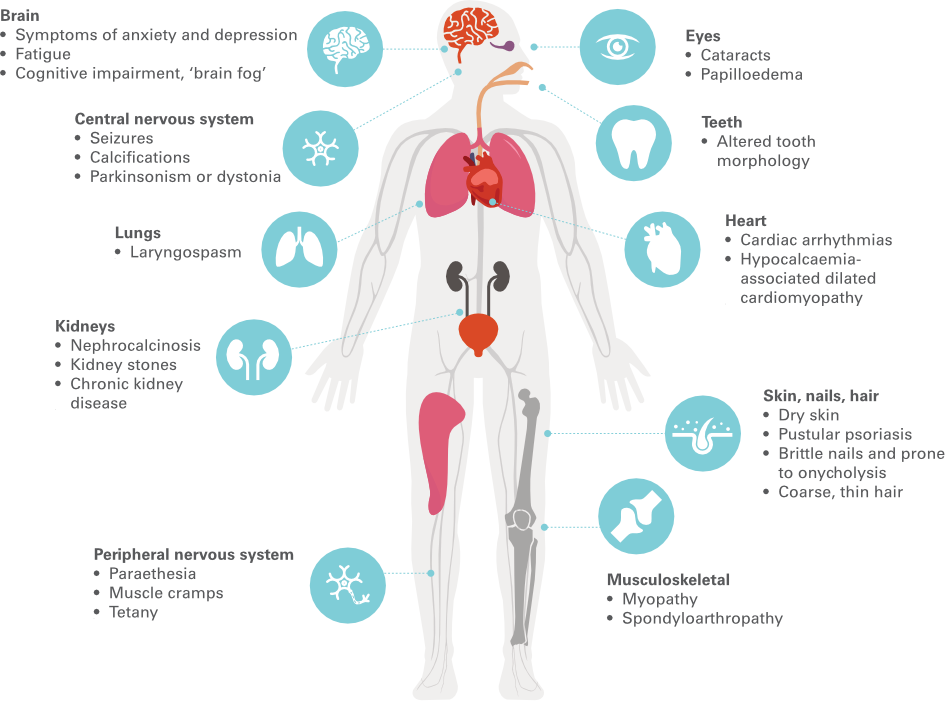About the Seeds of Change initiative
Welcome to Seeds of Change in the UK.
Seeds of Change is an initiative that brings together and empowers people impacted by hypoparathyroidism (also known as hypopara). Inspired by nature, gardens and the outdoors, Seeds of Change captures the positive concept of taking action today for a brighter tomorrow.
Whether you are living with, know someone living with or are caring for someone with hypopara, we hope that by shining a light on this condition and community, you will feel empowered and ready to advocate for improved care and quality of life.
The Hypopara Butterfly
The Making of the Hypopara Butterfly
Hypopara is sometimes visually represented as a butterfly, which has become a recognised symbol of thyroid awareness. Butterflies are universally understood to signify change and hope for those living with a challenging condition.
Just as a butterfly undergoes a profound transformation in its lifecycle, people living with hypopara experience their own journey, learning to recognise the symptoms and highs and lows of living with the condition.
The Hypopara Butterfly is an artistic butterfly mural that brings this journey to life.
Discover how artist Lynn Norris, who has hypopara herself, was inspired by the lived experiences of the hypopara community to create the Seeds of Change Hypopara Butterfly mural. First unveiled at the Society for Endocrinology BES Conference 2025 in Harrogate, Lynn hopes this unique mural will stand as a powerful symbol of strength, inspiring positive change for those living with hypopara.
The mural is central to the Seeds of Change initiative, helping to foster awareness and support for the hypopara community.

Our Partners
We are proud to work alongside Parathyroid UK and the Society for Endocrinology on the Seeds of Change initiative. Find out more about each organisation below:

Parathyroid UK
Parathyroid UK is a charity for people living with rare and hidden parathyroid disorders, just like hypoparathyroidism. It is the only patient organisation in the UK and Ireland devoted specifically to their needs. They are dedicated to patient-centred support, advocacy, and education for those affected by both rare hypoparathyroidism and more common hyperparathyroidism conditions. Their work includes raising awareness, campaigning for improved care, and bringing together healthcare professionals to advance research and create vital resources.

Society for Endocrinology
The Society for Endocrinology is a professional membership organisation that supports scientists, clinicians, and nurses throughout their careers in the field of hormone science. They actively engage with policymakers, journalists, patients, and the public to promote informed health decisions and showcase the importance of endocrinology. Their mission is to advance scientific and clinical education and research in endocrinology while raising its profile across the UK.
What is Hypopara?
Hypopara is a rare endocrine disease, caused by insufficient levels of parathyroid hormone (PTH) in the body.1 The parathyroid glands lie behind the thyroid gland in the neck. They produce PTH, which plays a major role in regulating the body’s blood levels of calcium and phosphorus by acting directly on bones and kidneys and indirectly on the intestine.2,3 If the parathyroid glands are removed, destroyed, or defective, this may lead to insufficient levels of PTH.2,4
Hypopara may result from:2,5
(most common)
Recognising Symptoms
Hypopara affects numerous systems in the body and is associated with a range of short-term symptoms and long-term complications. These include neuromuscular irritability, kidney complications, calcification outside of the bone, and cognitive impairment.2,4,6 Below are some of the body systems where an imbalance of PTH levels may have an impact, along with potential signs and symptoms:4

Living with Hypopara
People with hypopara may experience a range of physical, cognitive and emotional symptoms that may impact their employment, personal and social lives, and overall well-being.7,8
The management of hypopara can be associated with substantial economic burdens, and consequences of hypoparathyroidism may negatively impact employment status and work productivity.3,7
Find out more:
The insights used to inform this below video have been taken from the qualitative responses gathered from a patient survey conducted in partnership with Ascendis Pharma UK and Parathyroid UK in 2024.9 Data was reported on an aggregate level and data was provided anonymously.
Glossary
- Calcium – a mineral essential for healthy bones, teeth and other body tissues6
- Phosphate – an essential electrolyte in the human body7
- Hypocalcemia – when the level of calcium in your blood is too low8
- Hyperphosphatemia – when there is too much phosphate in your blood9
- Neuromuscular irritability – a symptom of neuromuscular conditions causing twitch of the muscles and nerves10
- Renal impairment – when the kidneys stop working and are not able to remove waste and extra water from the blood or keep body chemicals in balance11
- Mineral density – a measurement of the amount of minerals (mostly calcium and phosphorus) that are in a certain volume of bone12
- Calcifications – when calcium builds up in the body tissues, causing them to harden13
- Cognitive impairment – a range of problems with a person’s ability to think, learn, remember, and make decisions14
Want to find out more?
Stay informed about the launch of the Hypopara Butterfly and other Seeds of Change initiatives across the UK!
Enter your contact details to receive updates.

